Scroll to:
Assessment of body mass formation in schoolchildren aged 7–17 in forty subjects of the Russian Federation
https://doi.org/10.37489/2949-1924-0108
EDN: NBBVNR
Abstract
Relevance. The leading indicator reflecting the state of physical development of children is body weight, which characterizes the development of the musculoskeletal system, subcutaneous fat, and internal organs.
Objective: to assess the formation of body weight in schoolchildren aged 7–17 in forty constituent entities of the Russian Federation.
Materials and methods. The study included 40 regions of the Russian Federation located in all Federal Districts. The regions were selected in such a way that almost every age and sex group would be presented with body weight indicators (kg) for at least 100 schoolchildren aged 7–17.
Results and discussion. The analysis of age-sex curves of body weight showed that in almost all 40 regions there is a smooth increase in body length with age in both boys and girls, which is consistent with biological patterns such as directionality, gradualness, irreversibility, heteromorphism and heterochrony. In boys, in almost all age groups and at the time of completion of growth processes, the body weight indicator reliably (p≤ 0.05) exceeds the indicators in girls, which is consistent with such a pattern as the dependence of growth and development on sex (sexual) dimorphism.
Conclusion. We can discuss the harmonious flow of growth and development processes in the analyzed regions.
For citations:
Ivanov M.S., Skoblina N.A., Fedotov D.M. Assessment of body mass formation in schoolchildren aged 7–17 in forty subjects of the Russian Federation. Patient-Oriented Medicine and Pharmacy. 2025;3(3):98-106. (In Russ.) https://doi.org/10.37489/2949-1924-0108. EDN: NBBVNR
Background
Body weight is a key indicator of physical development in children, reflecting the development of the musculoskeletal system, subcutaneous adipose tissue, and internal organs [1-5].
Objective
To assess the body weight formation in schoolchildren aged 7-17 years across forty constituent entities of the Russian Federation.
Materials and Methods
The selection of regions was based on the specific geographical characteristics of the Russian Federation. The country spans a vast territory from west to east and from north to south, features diverse topography, and is located within four climatic zones (Arctic, subarctic, temperate, and subtropical). The constituent entities differ not only in climatic and geographical conditions and socio-economic status but also in the ethnic composition of their populations (over 190 ethnic groups reside within the country).
Inclusion criteria: Schoolchildren from general education institutions in the Moscow region, who are indigenous to the region, with a completed voluntary informed consent form signed by parents/legal representatives, including the schoolchild's assent; availability of health data; and belonging to health groups I-III.
Exclusion criteria: Other age groups; absence of a completed voluntary informed consent form from parents/legal representatives, including the schoolchild's assent; lack of health data; belonging to health groups IV-V; and being part of the "migrant" population.
The study was approved by the Local Ethics Committee of the N.I. Pirogov Russian National Research Medical University (Protocol No. 239, dated April 15, 2024).
Statistical analysis was performed using Microsoft Office Excel and Statistica 13.0 (StatSoft, USA) software packages.
Results and Discussion
For 40 regions, the mean (M), standard error of the mean (m), and sample standard deviation (σ) for body weight (kg) were calculated for boys and girls aged 7-17 years.
The assessment of body weight formation was based on the analysis of age- and sex-specific body weight curves (see Fig. 1-8).
1.1. Bryansk Oblast | 1.2. Ivanovo Oblast |
|
|
1.3. Kostroma Oblast | 1.4. Kursk Oblast |
|
|
1.5. Oryol Oblast | 1.6. Ryazan Oblast |
|
|
1.7. Smolensk region | 1.8. Tver Oblast |
|
|
1.9. Yaroslavl Oblast |
|
|
|
Fig. 1. Body weight curves of schoolchildren aged 7-17 years living in the Central Federal District
2.1. Komi Republic | 2.2. Saint Petersburg and the Leningrad Region |
|
|
2.3. Pskov Oblast |
|
|
|
Fig. 2. Body weight curves of schoolchildren aged 7-17 years living in the Northwestern Federal District
3.1. Republic of Adygea | 3.2. Volgograd Oblast |
|
|
3.3. Republic of Kalmykia | 3.4. Rostov Oblast |
|
|
Fig. 3. Body weight curves of schoolchildren aged 7-17 years living in the Southern Federal District
4.1. Karachay-Cherkess Republic | 4.2. Republic of North Ossetia-Alania |
|
|
4.3. Stavropol Krai | 4.4. Chechen Republic |
|
|
Fig. 4. Body weight curves of schoolchildren aged 7-17 years living in the North Caucasus Federal District
5.1. Republic of Tatarstan | 5.2. Udmurt Republic |
|
|
5.3. Chuvash Republic | 5.4. Perm Krai |
|
|
5.5. Kirov Oblast | 5.6. Orenburg region |
|
|
5.7. Saratov Oblast |
|
|
|
Fig. 5. Body weight curves of schoolchildren aged 7-17 years living in the Volga Federal District
6.1. Sverdlovsk Oblast | 6.2. Tyumen Oblast |
|
|
6.3. Chelyabinsk Oblast | 6.4. Khanty-Mansi Autonomous Okrug – Yugra |
|
|
6.5. Yamalo-Nenets Autonomous Okrug |
|
|
|
Fig. 6. Body weight curves of schoolchildren aged 7-17 years living in the Ural Federal District
7.1. Altai Krai | 7.2. Irkutsk Oblast |
|
|
7.3. Novosibirsk Oblast | 7.4. Omsk Oblast |
|
|
Fig. 7. Body weight curves of schoolchildren aged 7-17 years living in the Siberian Federal District
8.1. Amur Oblast | 8.2. Primorsky Krai |
|
|
8.3. Khabarovsk Krai | 8.4. Sakhalin Oblast |
|
|
Fig. 8. Body weight curves of schoolchildren aged 7-17 years living in the Far Eastern Federal District
Analysis of the age- and sex-specific body weight curves revealed a gradual increase in body weight with age in both boys and girls in almost all 40 regions. This pattern is consistent with fundamental biological principles such as directionality, graduality, irreversibility, heteromorphy, and heterochrony. In almost all age groups and at the completion of growth, body weight indicators were significantly higher (p≤0.05) in boys compared to girls, which aligns with the pattern of sexual dimorphism in growth and development.
Conclusions
Thus, the processes of growth and development in schoolchildren aged 7-17 years residing in various constituent entities of the Russian Federation were assessed. The findings indicate harmonious growth and development processes in the analyzed regions.
References
1. Popov VI, Ushakov IB, Levushkin SP i dr. Mnogoletnjaja dinamika fizicheskogo razvitija detej v Rossii. Jekologija cheloveka. 2022;2:19-128 (In Russ.) DOI: 10.17816/humeco96734.
2. Normativy dlja ocenki fizicheskogo razvitija detej i podrostkov Rossijskoj Federacii / DB Nikitjuk, VI Popov, NA Skoblina [i dr.]. Tom, Chast' 2. Moskva: Izdatel'sko-poligraficheskij centr "Nauchnaja kniga", 2023. 446 s. (In Russ.) ISBN 978-5-605-00424-0.
3. Normativy dlja ocenki fizicheskogo razvitija detej i podrostkov Rossijskoj Federacii : uchebnoe posobie dlja vrachej : v 2 chastjah / DB Nikitjuk, VI Popov, OJu Milushkina [i dr.]. Tom, Chast' 1. Moskva: Izdatel'sko-poligraficheskij centr "Nauchnaja kniga", 2023. 430 s. (In Russ.) ISBN 978-5-605-00423-3.
4. Gricina OP, Jacenko AK, Trankovskaja LV i dr. Sovremennye podhody k kompleksnoj ocenke zdorov'ja detej i podrostkov v gigienicheskoj i klinicheskoj praktike. Sanitarnyj vrach. 2020;11:47-52 (In Russ.) DOI: 10.33920/med-08-2011-05.
5. Levushkin SP, Milushkina OJu, Skoblina NA. I dr. Analiz formirovanija indeksa massy tela u detej i podrostkov Rossijskoj Federacii. Rossijskij vestnik gigieny. 2025;1:37-46 (In Russ.) DOI: 10.24075/rbh.2025.123.
About the Authors
M. S. IvanovRussian Federation
Michel S. Ivanov, postgraduate student
Z. P. Solovyov Institute of Problems of Medicine; Department of Hygiene
Moscow
Competing Interests:
The authors declare no conflict of interest
N. A. Skoblina
Russian Federation
Natalia A. Skoblina, Dr. Sci. (Med.), Professor
Z. P. Solovyov Institute of Problems of Medicine; Department of Hygiene
Moscow
Competing Interests:
The authors declare no conflict of interest
D. M. Fedotov
Russian Federation
Denis M. Fedotov, Cand. Sci. (Med.), Associate Professor Acting Dean
Faculty of Preventive Medicine and Medical Biochemistry
Arkhangelsk
Competing Interests:
The authors declare no conflict of interest
Review
For citations:
Ivanov M.S., Skoblina N.A., Fedotov D.M. Assessment of body mass formation in schoolchildren aged 7–17 in forty subjects of the Russian Federation. Patient-Oriented Medicine and Pharmacy. 2025;3(3):98-106. (In Russ.) https://doi.org/10.37489/2949-1924-0108. EDN: NBBVNR




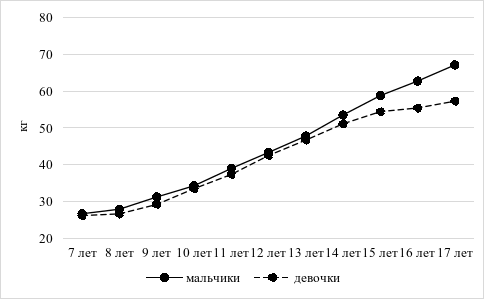

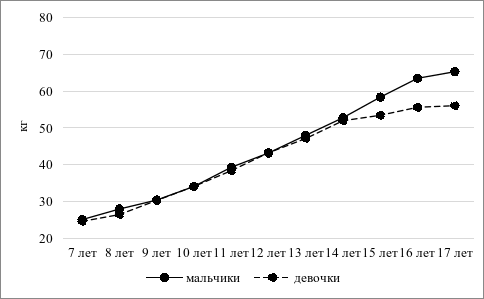
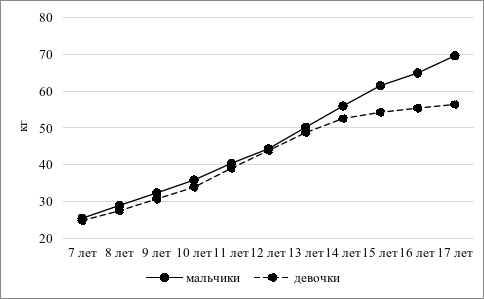


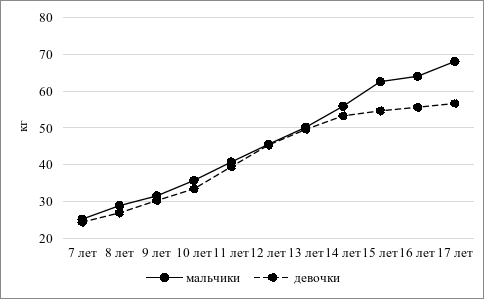
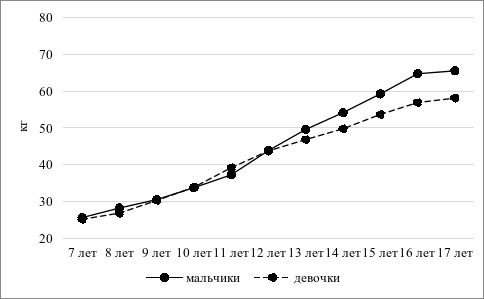
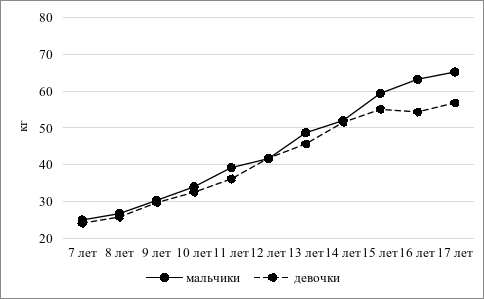


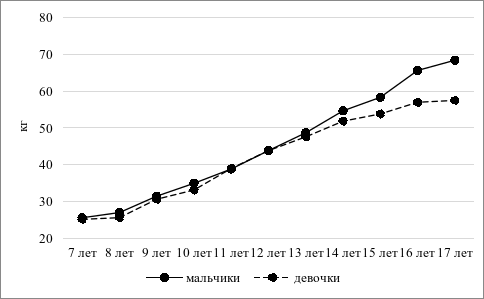
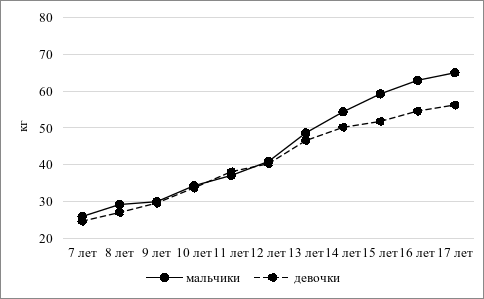


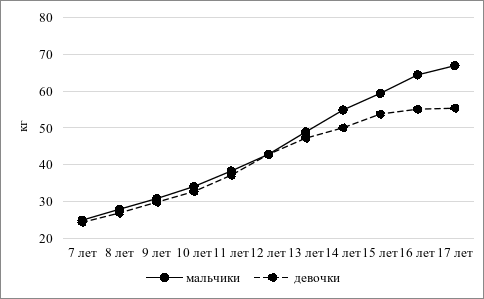
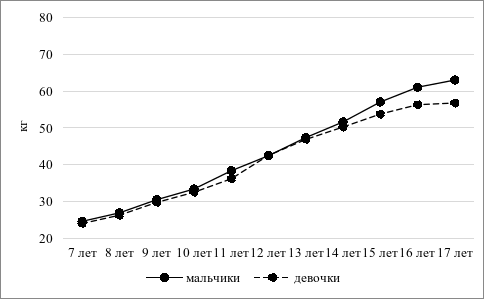
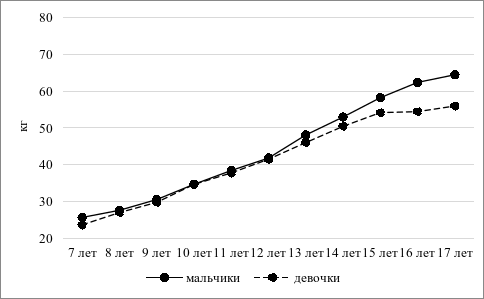
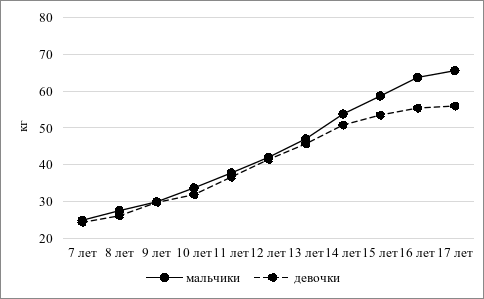
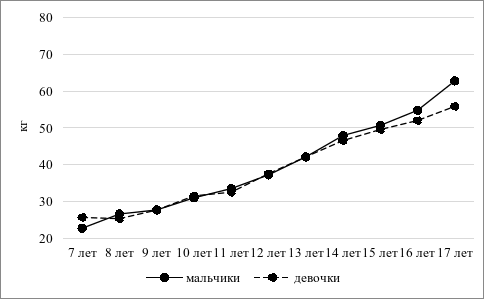
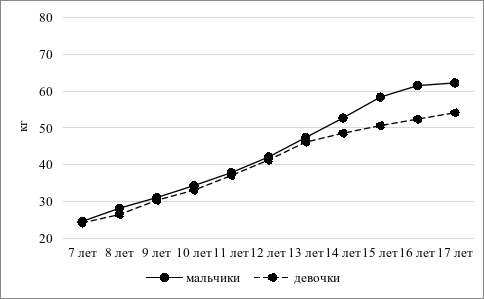


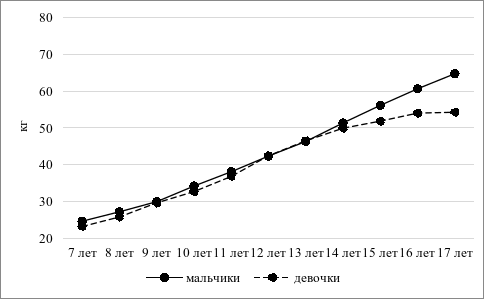
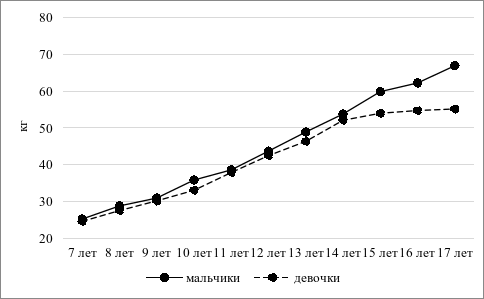






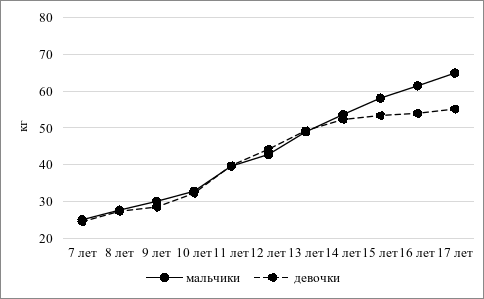
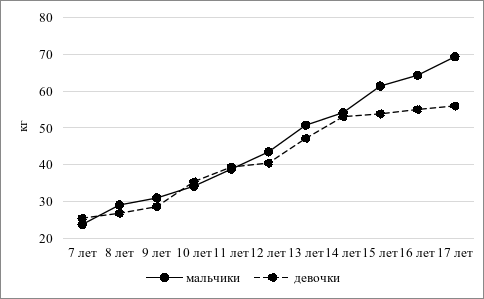
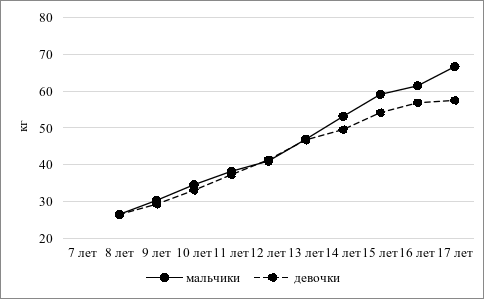

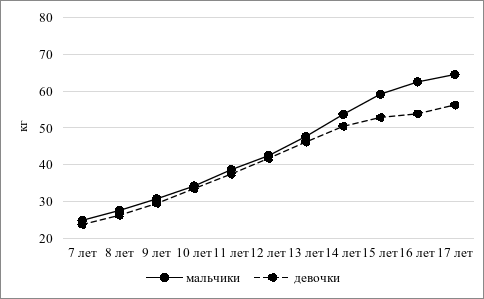
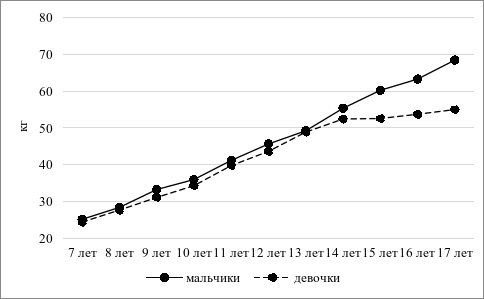
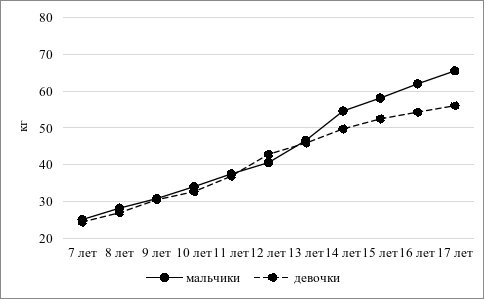
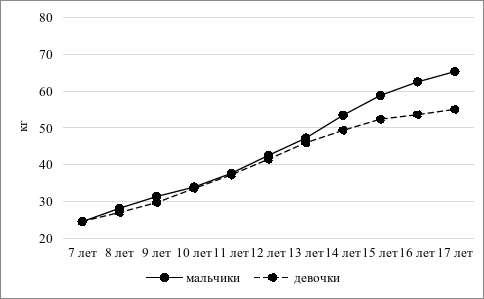
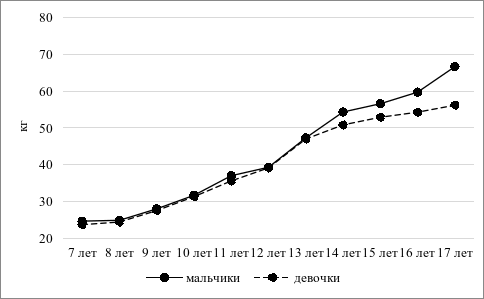


























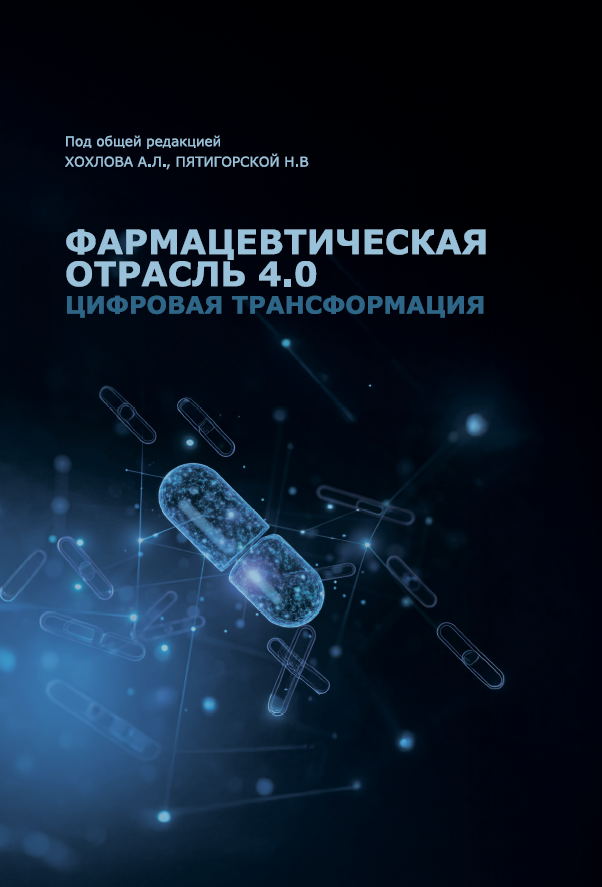


.png)
